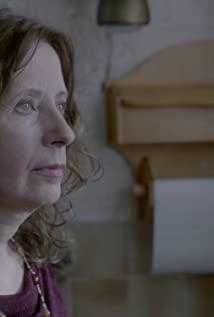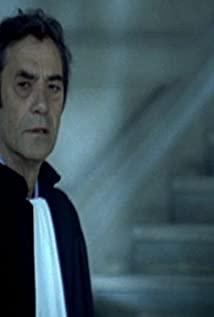The days after a photographer learned of an incurable disease.
Some of the performance after learning was normal. Some scenes are worth noting: He is crying on the bench, and young men and women on the grass opposite are chatting. Another shot: a person lying next to him on the grass leisurely. As the saying goes, what do others do to me. And we are here to pull out, playing God.
Then he enters the relationship between him and his family: father, mother, and sister. His intention to cause conflict, and the dialogue with his father's car, showed a certain degree of vulnerability, and he began to express his "love" directly. Then began to deal with his relationship with his lover (homosexual). But in the movie (note that we are pulled out to interfere with the role), he doesn’t want his feelings to be too straightforward, so it’s the plot: he takes photos of his sleeping lover, those beautiful things that once belonged to him, and Now he decided to not let the other party feel sad when he died, so he took the approach of hurting this kind of feeling. So next he saw a man having sex in the bar, which was processed into a crucifixion-style religious ceremony. In the same way, other details include the childhood period that flashes back from time to time, the reason why he did not photograph his nephew, and so on. What I want to show here is: alienation, loneliness, not good at expressing feelings.
He went to see his grandmother. He and his grandmother's love and understanding beyond family affection in previous years faced a common loneliness. An episode happened on the road: a woman begged him to give her a child (sperm) to her sterile family. This kind of request is emotionally difficult for him to give: homosexuality, terminal illness.
So we see the unfolding theme: love and loneliness go with each other; the contradiction between need and giving. Because of these regrets, it brings a sense of alienation and sadness.
After the theme was unfolded, the styling shot of the vase of flowers changed from blooming to withered, a wonderful sense of time transition. This lens is very critical and is the turning point of the movie. Then he reconciled with his sister and secretly (attention, still secretly) took pictures of her and the child. He let go of his baggage and agreed to the couple's request. In the car, he stared at a mother breastfeeding, with a smile on his face. This is a process of relieved psychological change.
The focal length conversion of the lens is very much, and it is extremely obvious, for fear that we have not noticed it. In many cases, they just show their faces without words. This is the best fit for his dying mentality.
He ate ice cream and was at the beach... and began to savor life and life, which is a contrast with the despair when he first learned of a terminal illness. The rekindling of enthusiasm for life is just before death. Although it seems that he finally put it down and found meaning in his death, all this does not relieve us who have been separated, because his relief is still "what to do with others". The external contradictions and alienation have not been resolved, because they cannot be resolved. So at the moment before he died, he still faced it alone.
So in this movie, alienation is the eternal theme, but death is just a background.
(Recorded on April 1, 2008)
View more about Time to Leave reviews











